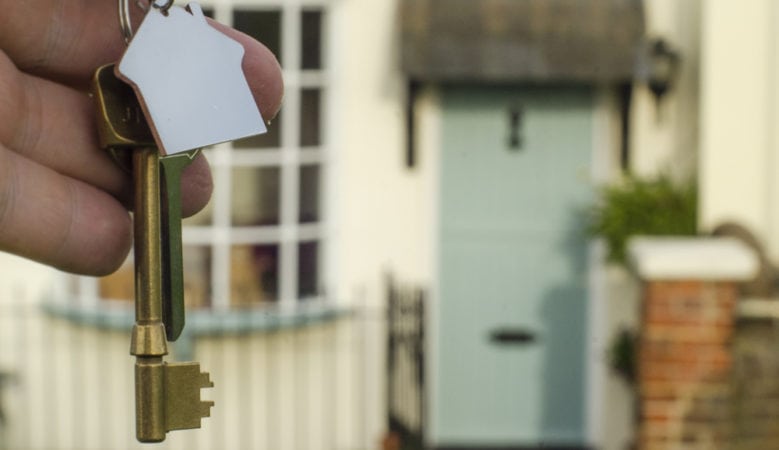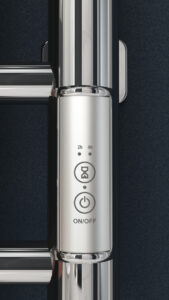Energy Crisis: How to slice your energy bill

By Michael Meiser, President, Lumilum
Look into insulation
It’s estimated that up to 60 percent of heat loss comes from poor insulation in the home.
Installing good quality insulation will help your home retain heat and reduce the energy needed to keep it warmer for longer. For example; putting in loft insulation could save you up to £270 a year in heating costs.
You should also look towards double glazed windows and doors, to reduce your home’s energy use by 15 percent.
Focus on heat conservation
When you work from home, you’re usually confined to one space or room. This is where all of your attention should be focused to save money and optimise comfort.
Radiators are one of the cheapest ways to heat a room, with the right supply – it’s often the room layout that’s hampers efficiency. Move any chairs or stands that are in front of any radiators, this heats the room faster and with less energy used.
Drafts from windows and doors contribute to heat loss. Block any gaps underneath a door with a draft stopper and make sure windows are closed to lock in precious heat.
Manage the temperature
Darker evenings and colder days inevitably will mean more boiler use. So that you only get the heat you need, put the boiler on a timer.
Upgrade to an energy-efficient boiler – If you currently have a G-rated boiler, think about upgrading to an A-rated boiler with a full set of heating controls. This could save you around £300 a year.
Even decreasing the temperature by 1°C could save you as much as 10 percent on your heating bill.
Using an energy meter is a useful way to see your energy usage and what energy outlets are the worst offenders, letting you make the necessary changes to cut down.
Monitor your devices
Working from home means more devices at home and a noticeable rise in electric bills.
When you’re not using your work devices, It’s best to switch them off avoid leaving things idling on sleep mode. This simple change can save you £85 a year of wasted energy.
Consider low energy modes on laptops and monitors. Economy modes help save energy by lowering the brightness and cutting back on performance, most of which aren’t usually needed day-to-day.
Getting the right lighting
As we enter the winter months, and it gets darker earlier, getting suitable lighting is crucial to prevent eyestrain and boost mood.
If you can, set up in an area with plenty of natural light – this will reduce the amount you’re relying on artificial lighting.
Sometimes, that’s just not possible. However, you can make the switch to energy-saving lightbulbs or, even better, LED fixtures that use 75 percent less energy and last 25 times longer.
Shop around for energy deals
for many of us, the reality of home working isn’t set to change anytime soon, so it might be beneficial to revisit your energy plan.
Price comparison sites have rocketed to prominence and are not the most common route taken for people making the switch.
Don’t be afraid to barter for a better deal. The threat of changing suppliers can rapidly change an offer.
Many people settle for standard tariffs that are notorious for overcharging customers. Considering more than half of households can save £300 a year by making the switch, it’s well worth the effort.
Cutting back in the kitchen
Often seen as the forgotten cost of working from home, we don’t realise how much energy we use in the kitchen.
Notoriously inefficient sources of energy – from things like boiling the kettle for tea to cooking up lunch – quickly eat away at our pockets as their usage increases.
Tips such as not overfilling the kettle, using the right sized pots and pans, and naturally defrosting food the day before can go a long way to stretching out those energy payments.





